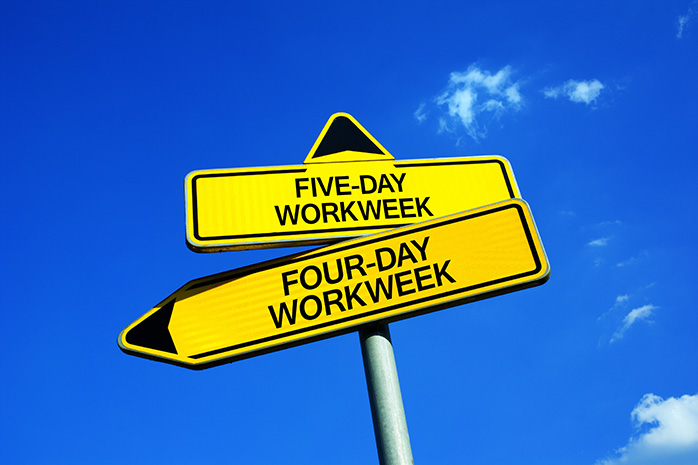
By Jason Rowe, courtesy of SBAM Approved Partner ASE
With the unemployment rate at a record low, employers are looking for new ways to stand out. Employee well-being is at the top of the list. According to ASE’s Workplace Flexibility Survey, it is not uncommon for organizations to offer flexible hours (83%) or telecommuting (62%) options to their staff, but only 23% of Michigan employers offer compressed workweeks. Could this be changing soon?
According to a Robert Half poll, only 17% of organizations across the country offer compressed workweeks, though these percentages may soon be outdated as compressed workweek programs are a natural extension of workplace flexibility programs.
Employees are looking for ways to better control their time, and compressed workweek programs resonate with them. The poll states that approximately 66% of workers said they wanted to work less than five days a week. “Savvy employers are catching on to the fact that employees are increasingly demanding better work-life balance and the opportunity to get work done at non-traditional places and times,” said Jim Link, chief human resources officer (North America) at global recruitment agency Randstad. “The four-day workweek is a perfect example of that.”
A compressed workweek program is beneficial to both employees and employers. This extra day to recharge should both increase an employee’s energy and encourage them to manage their time better so that they can complete their duties in just four days instead of the standard five.
The biggest question likely on employers’ mind is how will this affect productivity? Workers at Microsoft Japan worked four days a week while still earning their normal, five-day paycheck. The result, the company says, was a productivity boost of 40%. Employees who participated in the trial received special pay for Fridays they were given off.
Because of the shorter workweek, the company also reduced meeting durations. The standard duration for a meeting was slashed from 60 minutes to 30 whenever possible – about half the time. In addition, standard attendance at meetings was capped at five employees. They plan to do a second trial this winter.